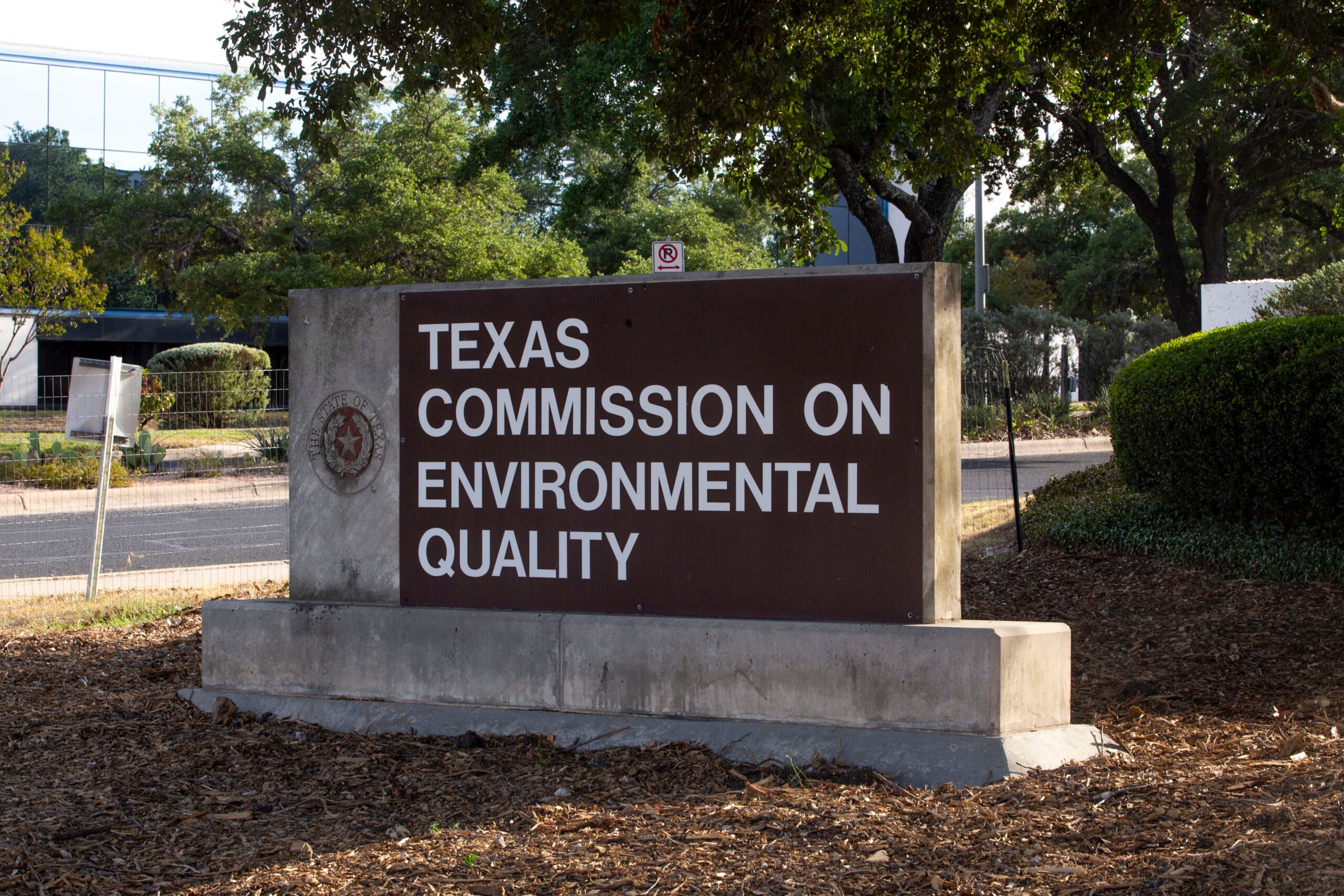
Climate Advocacy’s Elder Statesman
Al Gore talks about what’s next for the environmental movement in Texas and beyond.

An Inconvenient Truth, the 2006 documentary featuring former Vice President Al Gore, ignited what was previously only a smoldering public awareness of climate change. Gore had given presentations on the topic since 1989, and the filmmakers brought his efforts to the big screen. The documentary was a shocking success, and Gore went on to win a Nobel Peace Prize for his work.
Around the same time, he started the Climate Reality Project, a group that to this day trains grassroots activists. This past fall, the organization came to Houston to connect activists from around the country with environmental justice leaders in the Gulf South. The Texas Observer sat down with Gore and asked where the climate movement goes now after a game-changing 2022 that saw both the Inflation Reduction Act’s passage and soaring demand for natural gas exports from Texas due to Russia’s war in Ukraine.
Why bring the Climate Reality Project to Houston, and why now?
We had been communicating with a lot of activists, not only in Texas, but also in Louisiana, Mississippi, Georgia, Alabama, and Florida. And we decided it would be timely to have a Gulf South regional training that put more of a spotlight on climate justice and environmental justice issues.
I wanted to ask you about the broader national and international context that these activists and local leaders are working within. What do you think of the passage of the Inflation Reduction Act? Will it limit or potentially expand the fossil fuel industry here on the Gulf Coast?
The Inflation Reduction Act is, on balance, an outstanding and extremely positive piece of legislation. There are elements in it that I do not support, but they are vastly outnumbered by the elements that I do support very strongly. And since we live in a representative democracy, compromise is an important element of collective action, especially when it comes to getting a majority of votes in the House and Senate.
As for what its overall impact will be on the oil and gas industry, I think it’s too early to tell. There is already a major economic transition underway in the world—with a shift toward renewable energy as the basis for electricity generation, with a shift toward electric vehicles as the mainstay of our transportation sector. And those are the two biggest markets for the fossil fuel industry.
There is already a major economic transition underway in the world—with a shift toward renewable energy as the basis for electricity generation.
The third biggest market is petrochemicals, of which 75 percent is the production of plastics. With growing concern around the world about plastic waste, especially the plastic accumulating in our rivers and oceans, it may not be long before totally biodegradable bioplastics may become cost-effective. So with those uncertainties, I am not going to hazard a guess as to the future of the industry.
I’ll add one other uncertainty connected to the Inflation Reduction Act. There’s an enormous amount of money set aside in the act for carbon capture and sequestration. I have long been skeptical about the economic realism behind carbon capture and sequestration. But with the massive subsidies, we will have to wait and see whether that results in a technological breakthrough. I hope there is one. The basic process does work. It’s just prohibitively expensive to the point where the companies producing electricity simply won’t use it.
The other huge thing that happened this past year, that’s affecting this region very much, is the war in Ukraine and the increased demand for American natural gas exports. What can local activists and grassroots leaders do in the face of such big, international forces?
The shortfall in Russian oil and gas available to our allies in Europe is a short-term problem. It’s not wise to sign long-term contracts for additional amounts of fossil fuel in order to address a short-term problem. Building new pipelines and overdoing the liquified natural gas terminal investments could set the stage for economic losses when the world comes out of the war in Ukraine and as the continuing cost reduction for solar and wind and batteries and [electric vehicles] make fossil fuels less competitive.
Taking all these factors together, where do you think the U.S. climate movement needs to go now?
Given that the stakes are so high, I personally believe that the climate movement should redouble its activism to build on the progress represented by the passage of the IRA. We are still spewing 162 million tons of man-made global warming pollution into the atmosphere every 24 hours. And that is extremely dangerous. It adds to the accumulated amount, which now traps as much extra heat as would be released by 600,000 Hiroshima-class atomic bombs exploding every day.
We are still spewing 162 million tons of man-made global warming pollution into the atmosphere every 24 hours.
That’s why we’ve seen the increasing strength of hurricanes like Hurricane Harvey and Hurricane Ida. That’s why we’ve seen the deepening droughts across the American West and now spreading east. That’s why we’ve seen the melting of ice accelerate and sea level rise increase at a faster rate. It’s a principal reason why rivers from the Yangtze to the Euphrates and Tigris and Rhine and Po and Mississippi and Colorado have been drying up. Since those stakes are so high, we simply have to do more to reduce the emissions of heat-trapping greenhouse gas pollution into the sky.
Are there any specific priorities you would point out?
We have tremendous progress already in electricity generation and in transportation. Last year, if you look at the world as a whole, 90 percent of all the new electricity generation installed was renewable, most of that solar and wind.
If you look at transportation, the second-largest source of greenhouse gas pollution, we’ve seen the penetration of electric vehicles exceed 10 percent in multiple markets. And the history of prior technological revolutions indicates that is a threshold beyond which the [market share] increases dramatically. Norway’s already at 50 percent. Multiple countries have announced plans to make internal combustion engines illegal in new vehicles before very long.
So I would say that the priority should be doubling down on the progress for electricity generation and transportation. And of course batteries, because the continued decline in the cost of [storing energy in batteries] complements and magnifies the advantages that come from renewable electricity.
This interview has been edited for length and clarity.



